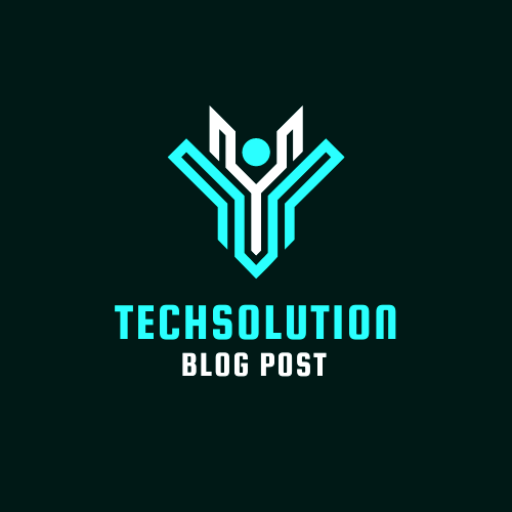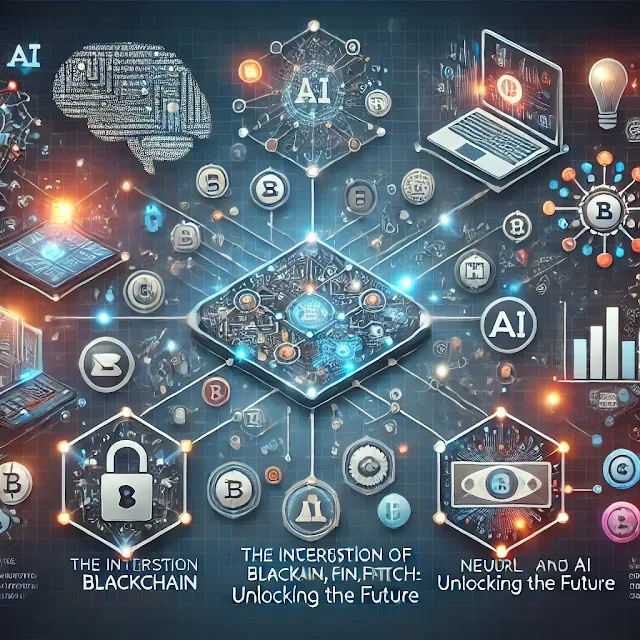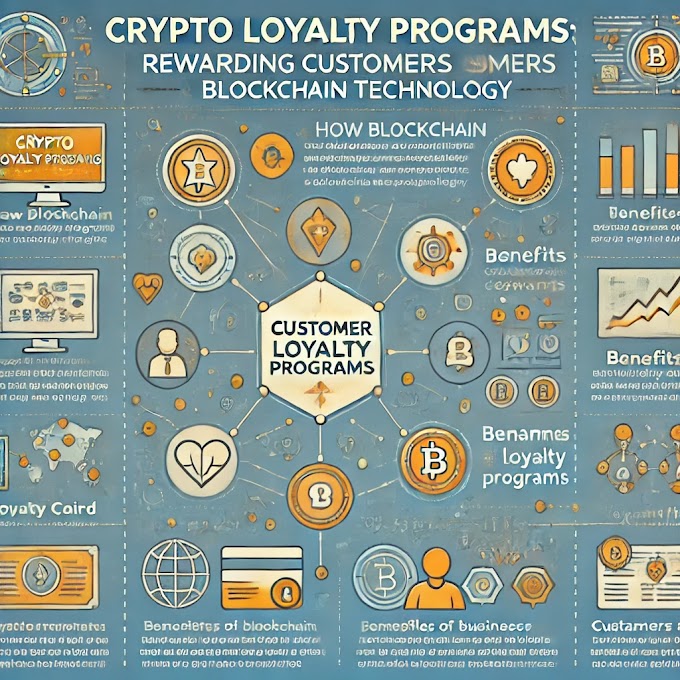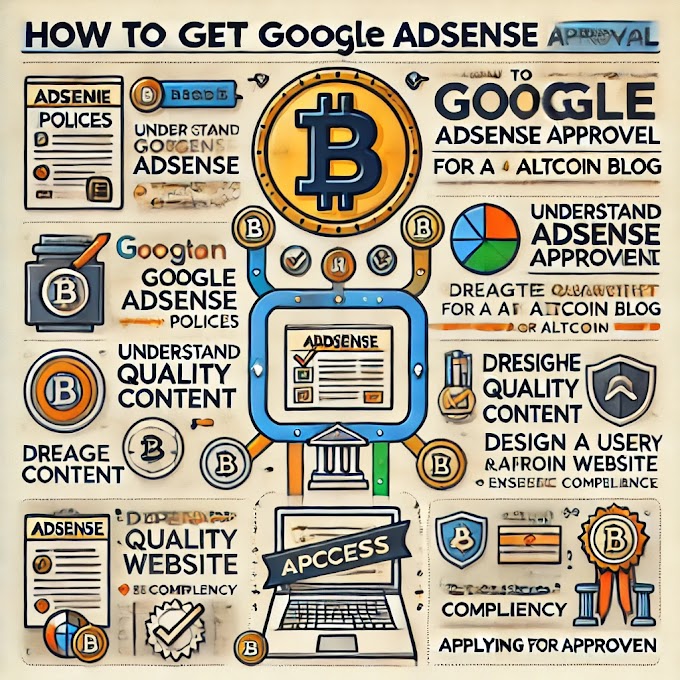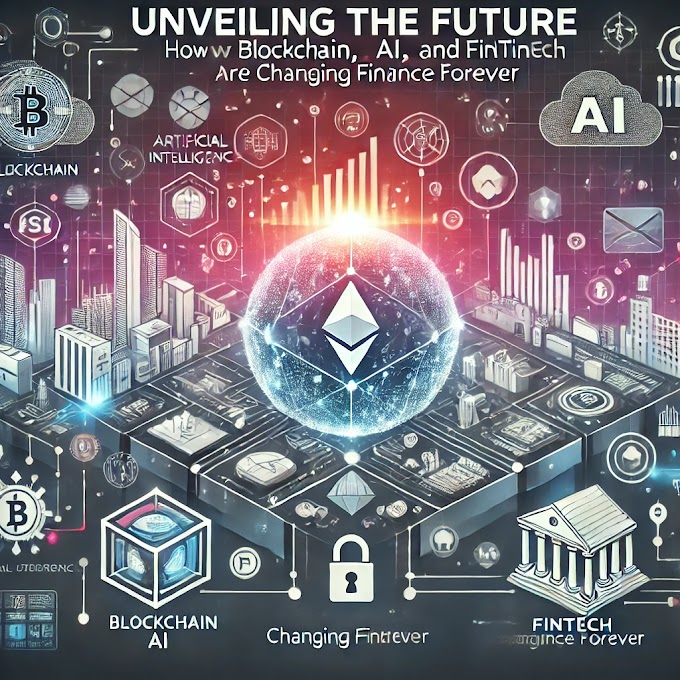The Intersection of Blockchain, FinTech, and AI: Unlocking the Future
Blockchain and financial technology (FinTech) have revolutionized industries worldwide, driving innovation and reshaping traditional systems. With the integration of artificial intelligence (AI) into these technologies, the potential for growth and transformation is unprecedented. This article explores essential concepts like Polygon crypto, Hyperledger, blockchain networks, and their role in FinTech applications. We’ll also touch on tools like Cudo Miner, Web3 projects, and platforms like QuickNode to understand their pricing, functionality, and impact.
1. Blockchain and Its Core Components
A blockchain system is a decentralized digital ledger that records transactions across a network of computers. Key features such as transparency, security, and immutability make it indispensable for FinTech applications.
Blockchain Transaction and Networks
Blockchain networks enable secure and traceable transactions. They facilitate applications ranging from cryptocurrency transfers to supply chain management. Popular blockchain ecosystems, such as Ethereum and Polygon crypto, provide scalable solutions for Web3 projects and decentralized applications (DApps).
Hyperledger: A Collaborative Blockchain Framework
Hyperledger, an open-source project, supports enterprise-grade blockchain solutions. Unlike public blockchains, Hyperledger is permissioned, ensuring greater control and privacy, making it ideal for financial institutions.
2. The Role of FinTech in Modern Finance
FinTech, or financial technology, leverages innovation to deliver faster, more accessible, and cost-effective financial services. FinTech software powers the financial technology revolution from peer-to-peer payment apps to blockchain-based systems.
AI in FinTech
Artificial intelligence amplifies FinTech’s potential. AI algorithms analyze massive datasets to provide predictive analytics, fraud detection, and personalized financial services. AI also optimizes blockchain systems by improving scalability and transaction verification processes.
Web3 Projects and Decentralized Finance (DeFi)
Web3 projects prioritize decentralization and user control. These initiatives, built on blockchain networks, enable decentralized finance (DeFi), non-fungible tokens (NFTs), and gaming ecosystems. Blockchain apps powered by Web3 are paving the way for a more open internet.
3. Crypto Learning: Building a Knowledge Foundation
Understanding the fundamentals of blockchain and cryptocurrency is critical for navigating this evolving landscape. Crypto 101 topics include:
How cryptocurrencies like Bitcoin and Ethereum function.
The role of blockchain networks in securing transactions.
Tools like Cudo Miner for mining cryptocurrencies efficiently.
Platforms such as QuickNode simplify blockchain development and offer transparent pricing for developers looking to build blockchain applications.
4. A Marriage of Technology - The Future of Blockchain, FinTech and AI
Block chain and financial technology (FinTech) have transformed industries around the world by spurring innovation and changing long-established systems. The union of AI and these technologies increases the probability of innovations and transformation like never before. In this article, you will learn more about significant aspects like Polygon crypto and Hyperledger, the networks of blockchain, and the use of these networks in FinTech applications. We‘ll also look at Cudo Miner, Web3 projects and platforms like QuickNode to learn the pricing, functionality, and impact on the BTC blockchain.
Understanding Blockchain and Its Basic Components
What is a Blockchain System?A blockchain system is a decentralized digital ledger that records transactions across
